GREEN WALLS
Right now, there are two realities: the population is increasing, and the green spaces are decreasing, these events happen day by day with the expansion of urban areas, so it is necessary to re-incorporate the nature, not only to conserve it, but also to provide benefits for human life in different ways. The green walls, also known as living walls or vertical gardens, are vertical structures that have different types of plants or other green areas attached to them.
Visually speaking, plants on a wall can be a decoration that make a space more attractive, as well as a sustainable advantage that brings a simple space to life.
Before installing a green wall, it is essential to choose the place where it will be built, since it must be located in a place where more than 50% of solar radiation hits.
The plants located on this wall must be capable of receiving enough light. However, there are also indoor green walls; keep in mind that they must also receive a certain amount of light so that the plants have stability.
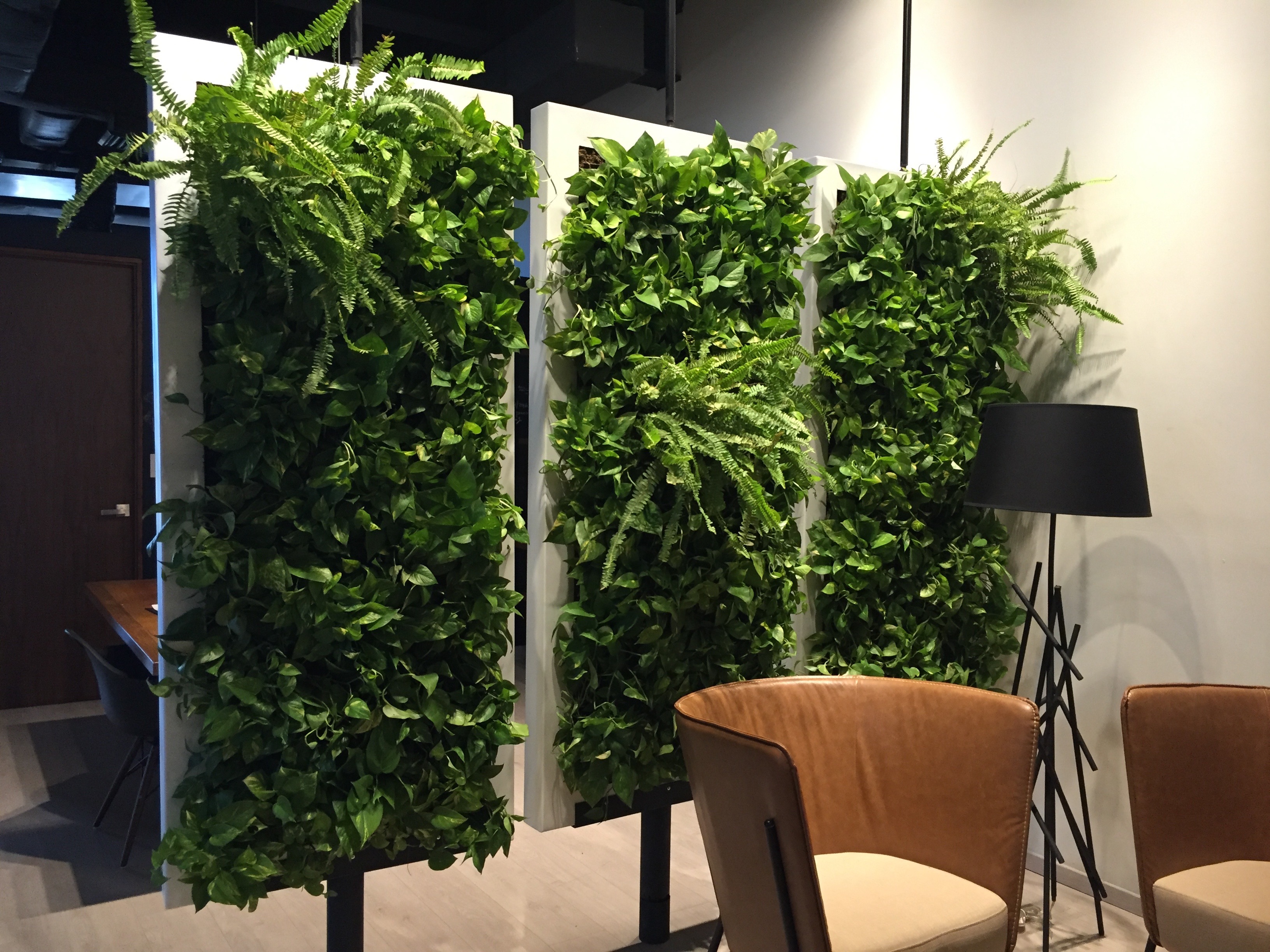
Interior green wall
Photography: Luisi Leyva
“The site where you want to install a green wall will be the key to keep the plants alive, whether it is located inside or outside, it must receive sunlight, directly and indirectly.”
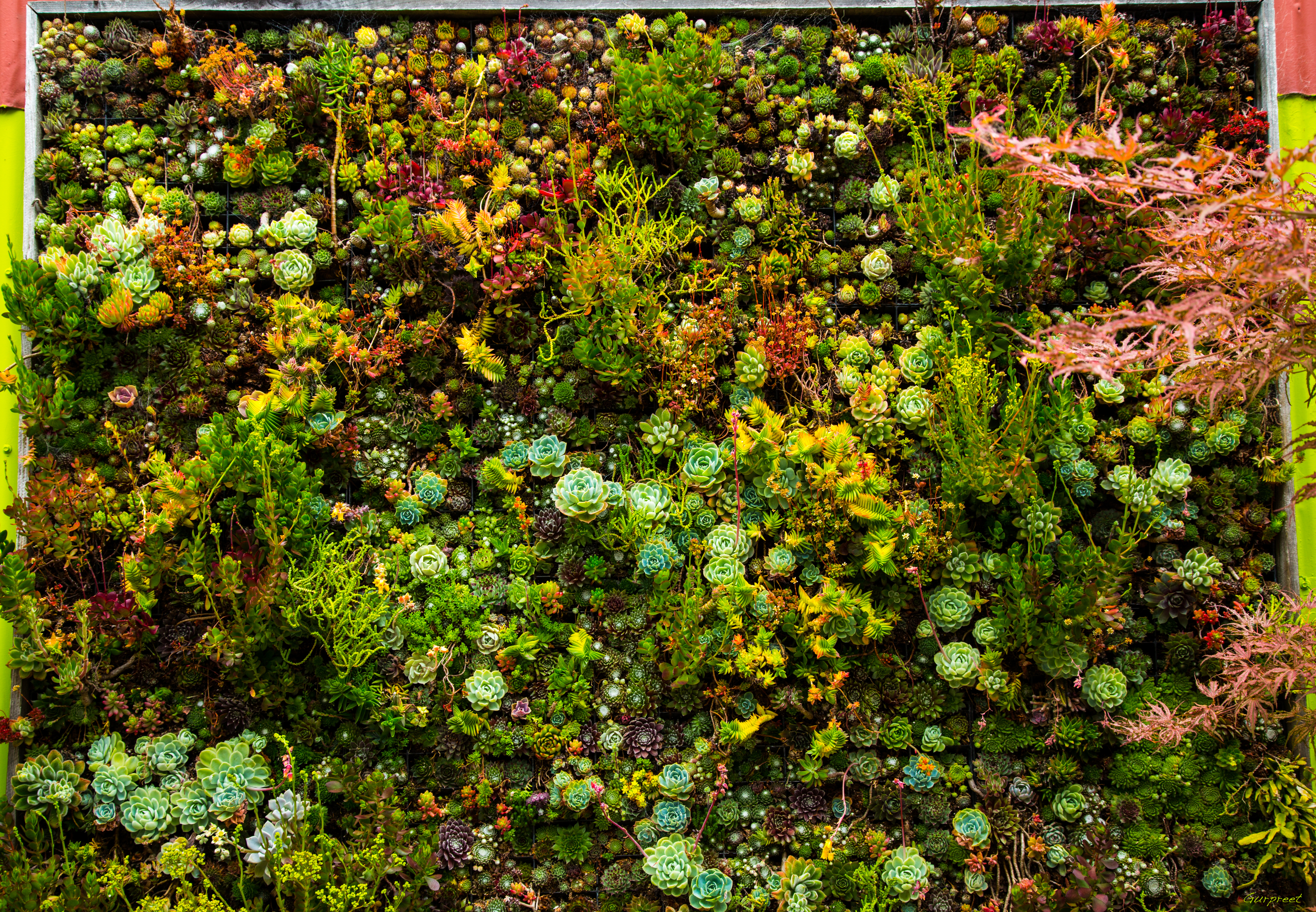
Green wall with suculents
Photography: GPS, creativecommons.org
STEPS TO BUILD A GREEN WALL:
1. Install the structure: The green wall should not be installed directly to the wall, because if you don’t have a moisture protector, it could get damaged.
This is why wood or iron support is commonly used.
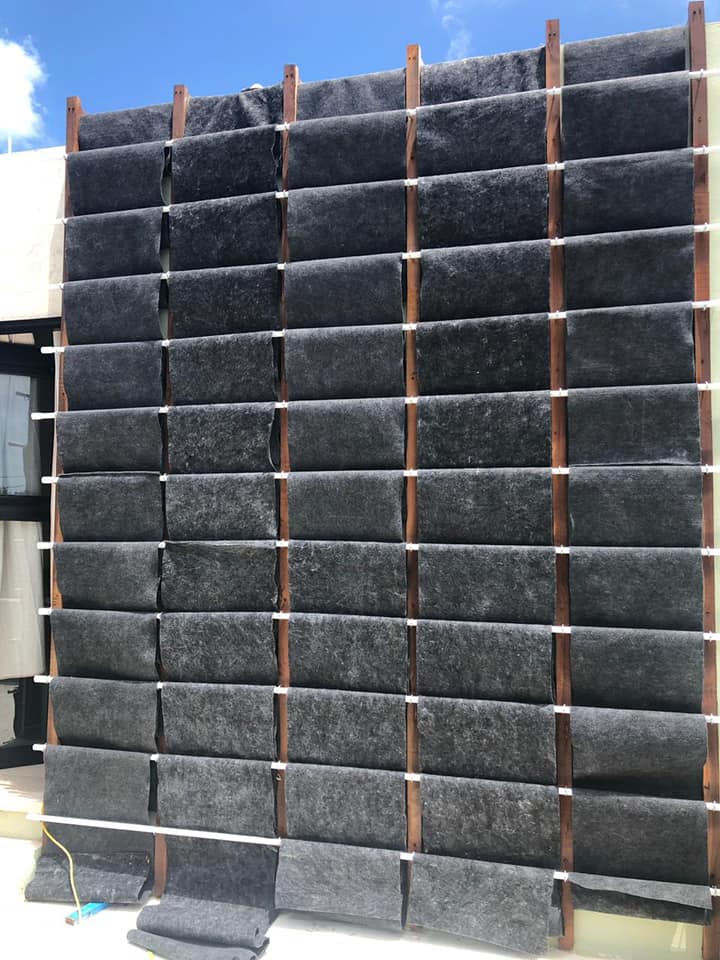
Photography: Henko
2. Install the irrigation system: the walls have live plants, so an irrigation system is required to facilitate the distribution of water through all the pots; you can find cheap irrigation systems made with PVC pipes and, also intelligent irrigation that can get programmed with apps.
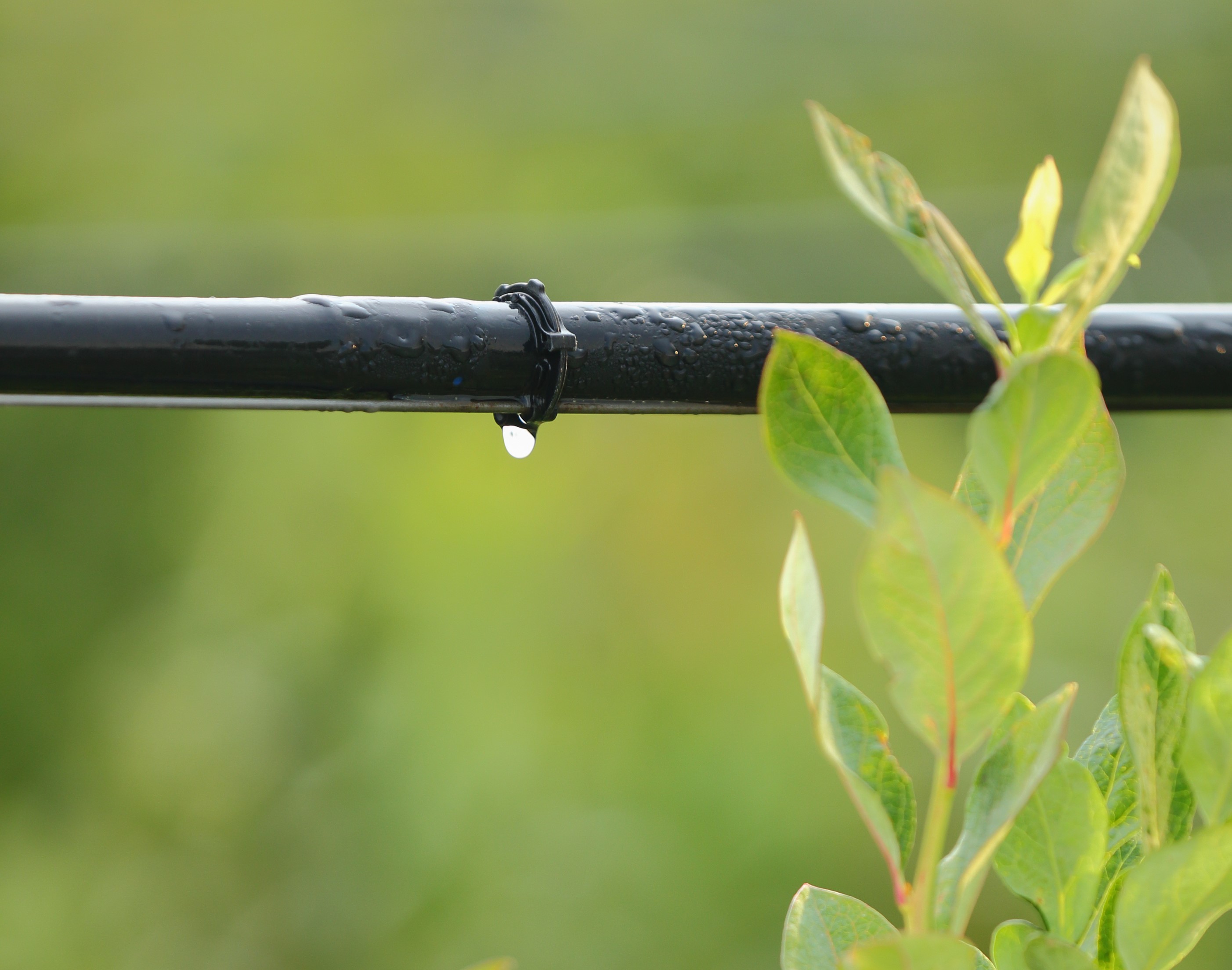
Photography: Aqua Mechanical, creativecommons.org
3. Placing the pots: They can be made with mud, geotextile, recycled materials, etc.
Each one has a different weight, so when you are choosing pots, it is important to know the support capacity of the structure that has been installed.
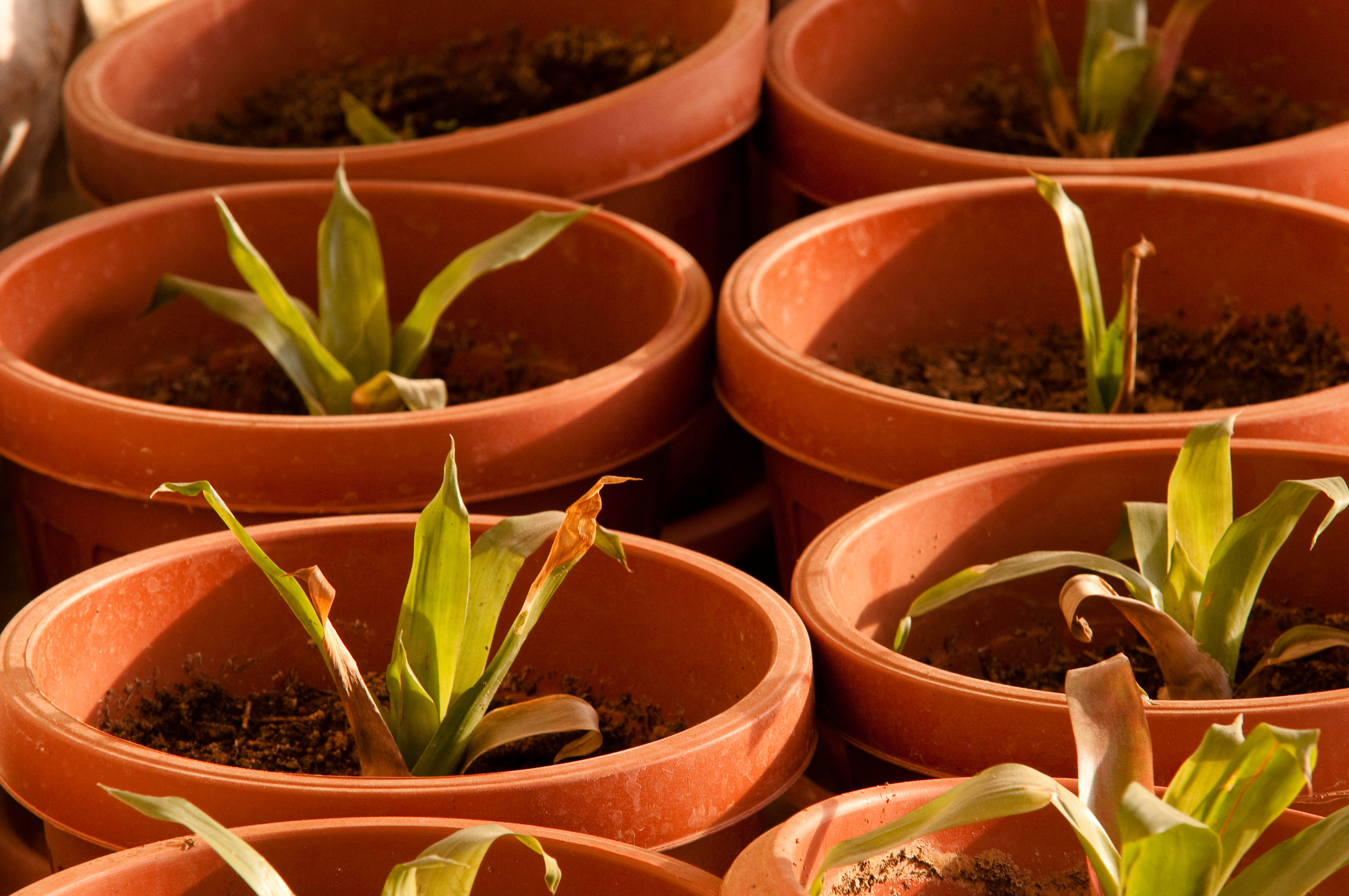
Photography: Michael Swan
creativecommons.org
4. Fill with substrate: There are materials that can make a lighter substrate without affecting the growth of the plant, such as coconut fiber and perlite; you can also add some organic fertilizer to give a little more strength to the plants.
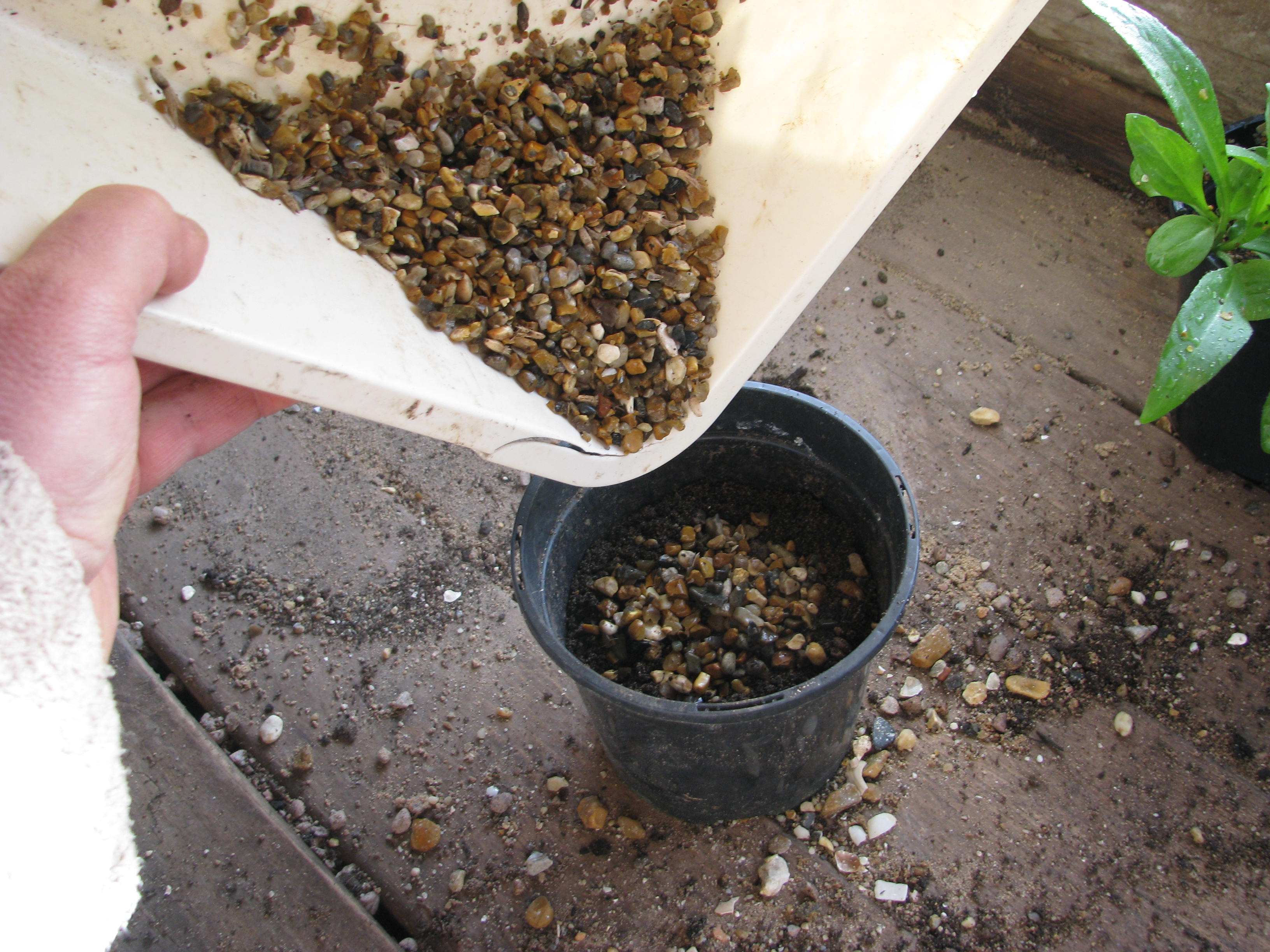
Photography: Peganum
creativecommons.org
5. Plant species: There are endless plants that can be planted in pots, such as medicinal, aromatic, vegetable, and ornamental plants, which adorn the walls with their flowers and shapes.
Keep in mind, that depending on where your green wall is, it will be the type of plants that will be planted on it, with specific characteristics of that site: full sun, partial shade, low humidity, etc.
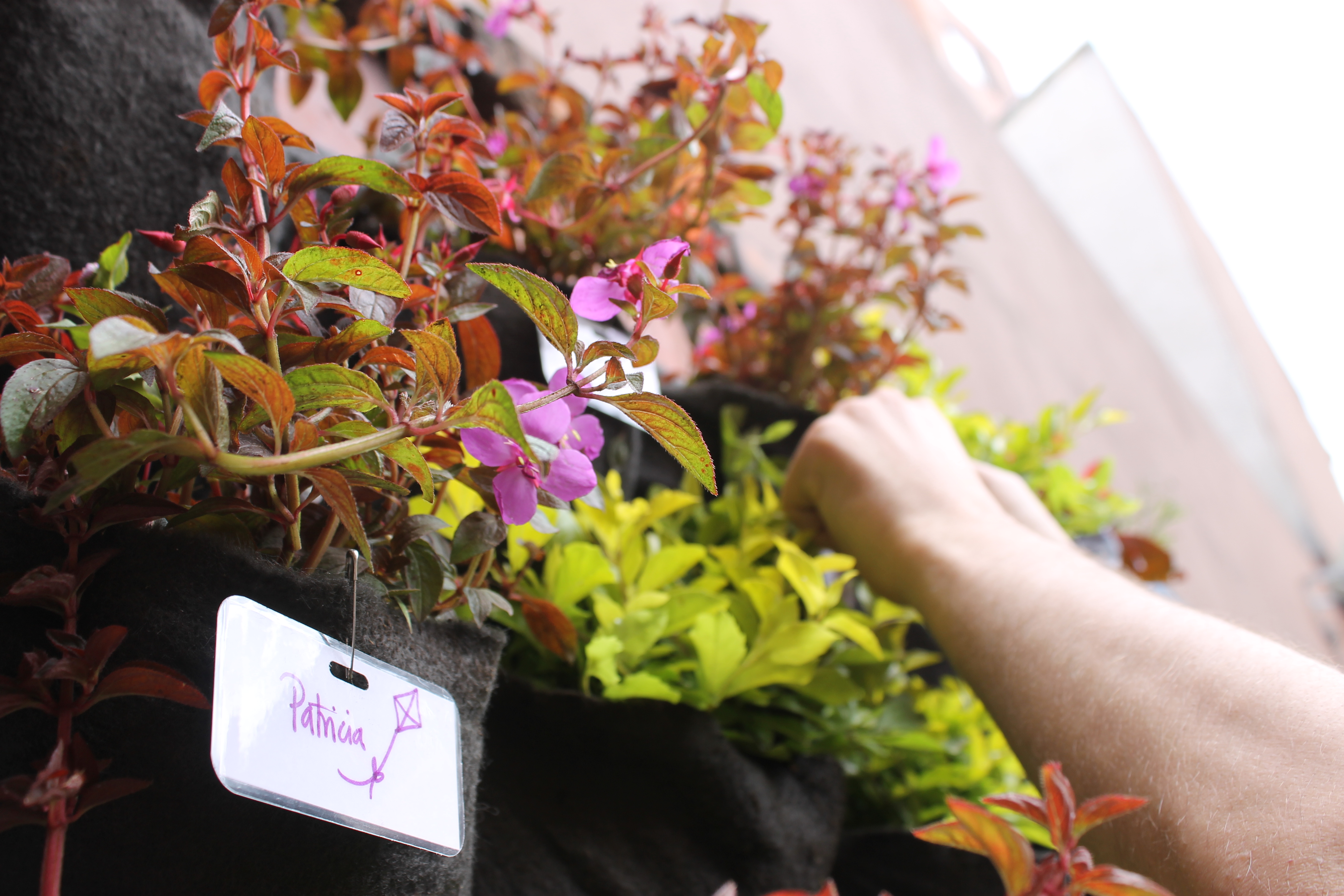
Photography: Despacio
creativecommons.org
It is important to mention that plant organisms transpire water, so they generate and maintain certain conditions in their nearby environment, called “microclimate,” which may be able to reduce some Celsius degrees below ambient temperature.
Its foliage also stops the impact of the sun’s rays and, if we add the irrigation, we can have a much cooler microclimate.
There are different factors for which this solution is accepted and currently applied in architecture: global warming, reduction of green areas, energy savings, erosion control and loss of pollinating insects, among other factors.
The green walls belong to sustainable architecture, so in many parts of the country they are being installed, offering great benefits to the citizens.
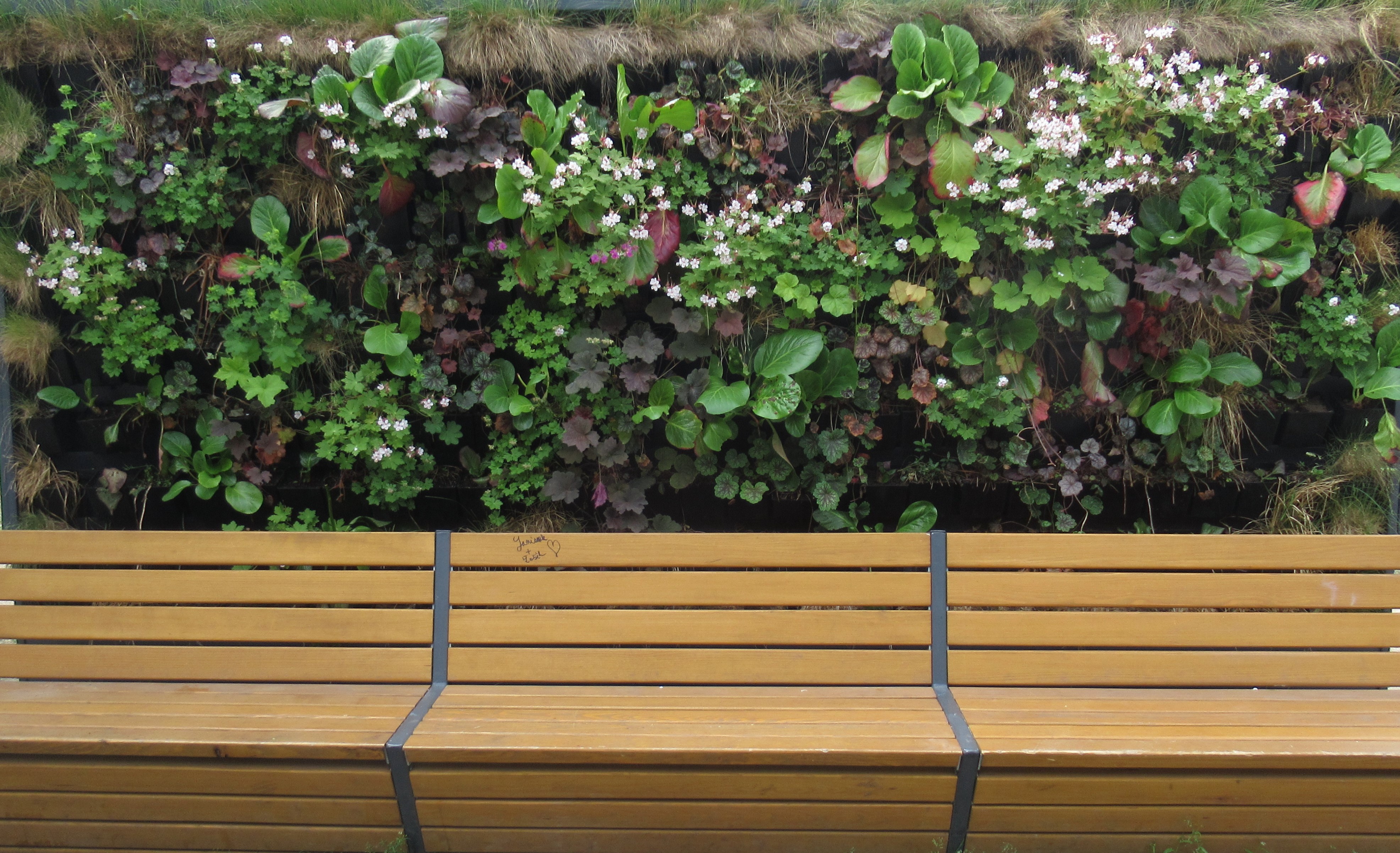
Green wall
Photography: Davd Short
creativecommons.org








